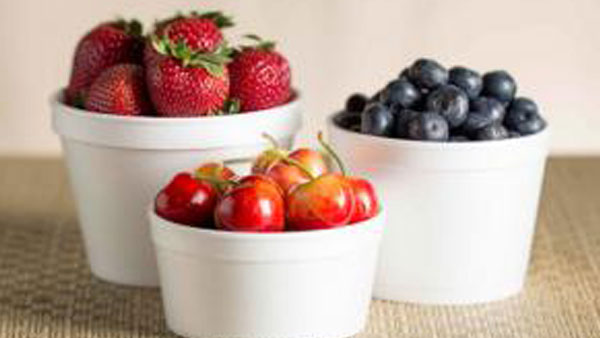3 ways to cut food costs

Cost control.
Two little words that are essential to every foodservice director’s day-to-day activities.
Keeping costs in check is paramount in running a functioning food operation, of course. But the ripples of cost control can extend beyond your bottom line. And savvy directors must balance customer satisfaction on the P & L sheet.
Fiscal Responsibility
The foundation of cost control is accepting fiscal responsibility, which requires a solid understanding of foodservice accounting. Prime cost, the combined cost of food and labor, is an important tool to comprehend when looking at your total operation expenses. Something that appears to be a food savings might actually be a labor cost and vice versa.
When calculating prime cost, be sure to take into account all factors making up those costs. Food and beverage costs should also include paper supplies, condiments and more. Labor costs must factor in taxes, benefits and insurance.
Be sure to account for comps and food waste.
Social Responsibility
Beyond fiscal responsibility, though, understanding your social responsibility can also assist in cost control. Track all food waste in your kitchen to determine where it’s coming from and how to reduce it. Make a plan to reduce food waste through proper ordering procedures, inventory management and food storage. Housemade pickles, seasonal jams and skin-to-stem produce preparations are all on-trend methods to reduce food waste and make use of less-than-perfect produce and other items.
Sustainability in all avenues of your operation is good for more than just the environment. Being ecoconscious can boost sales, especially with millennials.
Some 41% of those 18 to 24 years old say waste reduction is an important initiative, according to Technomic’s recent College & University Consumer Trend Report. And 48% of them say that promoting recycling or using recycled or biodegradable materials is important, the report found.
Environmental Responsibility
Consider switching to takeout cups and containers that send a message of environmental responsibility and keep purchasing costs in check. Like Vio® biodegradable* foam from WinCup – the first expandable polystyrene (EPS) foam cup on the market that biodegrades*. When it comes to green products, Vio is the lowest cost disposable cup around.
To further boost consumer satisfaction, be sure those takeout cups and containers keep food and drink at the proper temperature and that lids reduce spills (like Vio does). Some 46% of Gen Zers say high-quality packaging is a driver of their takeout business, according to Technomic’s 2016 Generational Consumer Trend Report. In some operations, disposables have entirely replaced traditional dishware. The move can save on water usage.
Such sustainability efforts can be a business driver. Some 57% of students, compared to 43% of the general population, are willing to pay more for sustainable goods, the college-and-university report found. Be sure to promote your eco-conscious initiatives through social media, in-dining signage and on-campus marketing efforts.
Being smart about cost control can be beneficial to your bottom line, your consumers and the environment.



